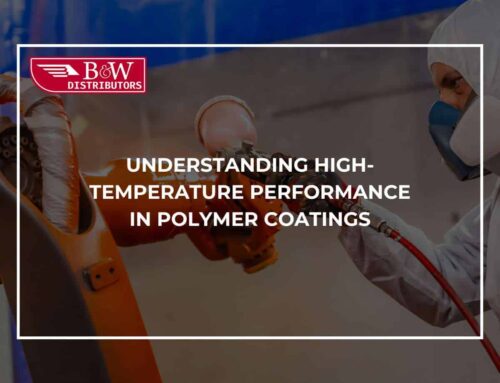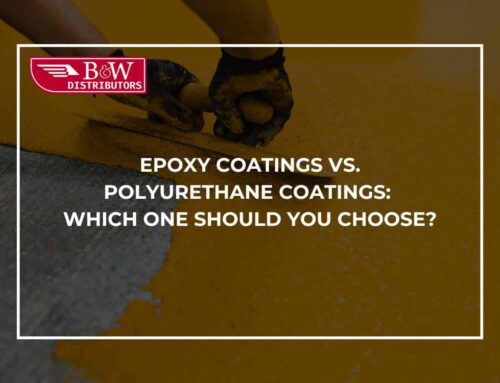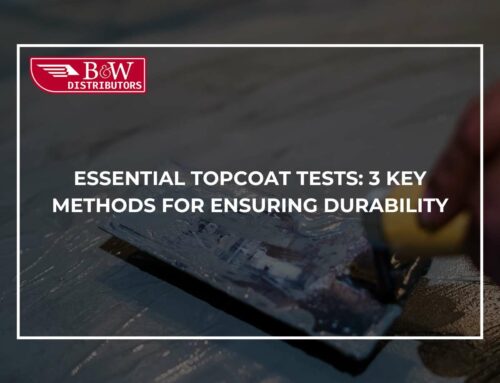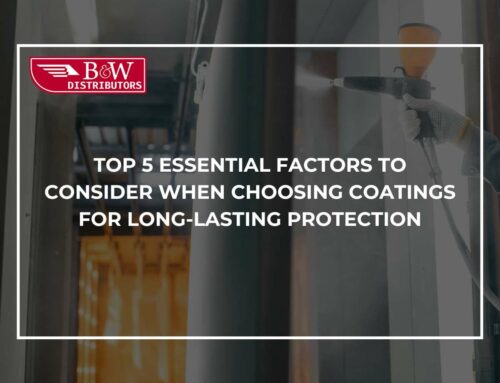The Critical Uses Of Cold Weather Coatings on Water Tanks
Learning The Right Ways To Protecting Water Tanks
It’s true that when it comes to protecting water tanks, there are right and wrong ways to do it. Cold weather coatings (CWC) are particularly useful in cold areas. They’re not just used to keep the tank protected against corrosion and keep off the paint itself — they also keep the water inside the tank from freezing.
Exposure to the cold may cause dents, allowing water leaks inside the tank during storage and even while transported. Cold weather coating acts as a barrier against the all-weather elements such as sun, rain, and wind. In other words, it is an effective barrier for many water tanks in the U.S., but how does it work? How high is its protection?
A US Southwest industrial coating supplier will explain below the critical uses of CWC.

Does Temperature Affect The Application Of Protective Coatings?
The short answer is YES. Even in Texas, winter weather can be cold enough to delay exterior painting projects. Most protective coatings have a special formula that works only with temperatures above 50°F. Temperatures below 50°F may suspend the chemical reaction between the base or resin and the hardener. Professionals call these elements part A and part B.
Lower temperatures (below 50°F) can also increase the likelihood of discoloration, blushing, or loss of gloss. Additionally, the solvents can evaporate in the coating.
It’s crucial to pay attention to the environment, the material, and the surface temperatures when working painting water tanks. Protective coatings should not be applied below the recommended temperatures or when temperatures are expected to go lower during the first hours of the process.
Protective coatings must be stored at the right storage temperature, usually between 60 and 80°F. This way, activators, and accelerators can create the chemical reaction required for the process. This method simplifies the product application.
Only professionals should take care of these materials because their formulas are flammable and can cause severe damage if not taken care of properly.
A US Southwest industrial coating supplier is normally the best option to obtain high-quality protective coatings. It’s not recommended to obtain cold-weather coatings from untrusted sellers or suppliers, especially if they do not have the right authorizations to distribute the products.
How To Apply Cold Weather Protective Coatings
Only experts should use these materials. Protective coatings are not made for DIY projects, only for professional use.
Luckily, accelerators or additives allow low-temperature application. Coatings manufacturers offer a complete guide on what to do once the owner of the project approves the paperwork. We recommend staying alert to guidelines when using accelerators to avoid pushing the limits. You can always check product data sheets from the manufacturers if there are doubts.
These are the usual mixing instructions for protective coatings:
- Carefully mix each component of multi-component items.
- Mix the two-component materials to make a unit or kit of protective coatings.
- Add the recommended amount of accelerator and mix carefully. Add only the volume of additive recommended for the unit size of the product you are using.
- Thinning may be required, so be sure to use solvent under agitation and after the additive is in the mixed unit.
- Apply the protective coating according to the application guideline from the US Southwest industrial coating supplier.
- Remember to apply the product below 32°F. You can consult with experts if you have questions or concerns about the process.
Winter Water Tank Painting Improves Safety And Efficiency
Fortunately, not all areas in the U.S. deal with blizzards, snow, or other climate conditions when painting a water tank. But, it’s still crucial to build weather preparedness to make the project a success. When discussing the plan with a contractor, be sure to offer detailed information to understand the precautions and equipment for the job.
The point of entry into the tank and the distance are only a few considerations. The contractor may require an on-site inspection to perform the project in the best way possible.
In conclusion, cold weather coatings are necessary for places where coldness could ruin the integral structure of water tanks. Nonetheless, these coatings are delicate and require professional expertise when used.
Contacting A Top-Rated Industrial Coating Supplier in U.S. Southwest
At B&W Distributors, high-quality products and customer services are our specialties. We offer numerous industry solutions throughout the southwest, including industrial coatings, piping rehabilitation, concrete repairs, and more. Contact us now to get started!

B&W DISTRIBUTORS INC.
Tel: (480) 924-8883
Email: info@bwdist.com
Web: https://www.bwdist.com/
ARIZONA
2702 N Ogden #107
Mesa, AZ 85215






